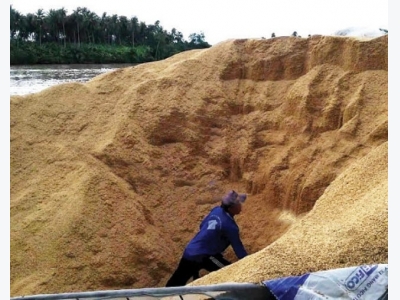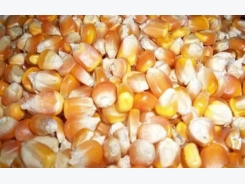The potential of rice power

A project that uses rice husks to supply power for paddy mills has opened up a new direction for heating and power generation.
The technology, which can power paddy mills with a capacity of 6-10 tonnes per hour, was designed and produced by the Industrial University of Ho Chi Minh City.
Vietnam, one of the world’s leading rice producers, discharges huge amounts of rice husks - nearly 11 million tonnes each year. Dumping them in rivers and canals, or burning them is often the case, causes heavy water and air pollution in many areas of the country.
On the other hand, the husks are also a biomass that can be recycled. This is the basis for the project undertaken by Associate Prof. Dr. Bui Trung Thanh and his colleagues at the Ministry of Industry and Trade’s Industrial University in Ho Chi Minh City.
Thanh said the objective of the project is to design, manufacture and install a continuous gasification line using rice husks to provide enough capacity for all the loads of the milling plant.
Steam, a byproduct of power generation, can be used for paddy drying applications, thereby increasing local incomes and reducing the need to import fossil fuels.
This gasification technology has been successfully applied in many countries, such as India, Thailand, China and Australia. Some organizations and individuals in Vietnam have also studied it and applied it to dry agricultural products. According to the design, the gasification system for paddy mills with a capacity of 6-10 tonnes per hour needs about 1.5 tonnes of rice husks to operate for six hours, and could produce 450,840 kW of electricity each year.
Thanh says the equipment used in the gasification system is manufactured domestically, with local content of up to 90 percent. The quality of the gas produced in the process of burning rice husks is equivalent to that of other advanced countries in the world. Moreover, the cost of this system is a half compared to that of imported fossil fuels. The gasification system has been successfully applied at the Tien Giang Food Company’s Rice Milling and Processing Factory No.1. Five additional companies in the provinces of Tien Giang and Can Tho have signed agreements on using the system.
The success of the project has changed the thinking on the use of traditional energy sources to power paddy mills. The technology contributes to reducing carbon dioxide emissions into the atmosphere, improving efficiency in rice processing and helping protect the environment.
Có thể bạn quan tâm
Phần mềm

Phối trộn thức ăn chăn nuôi

Pha dung dịch thủy canh

Định mức cho tôm ăn

Phối trộn phân bón NPK

Xác định tỷ lệ tôm sống

Chuyển đổi đơn vị phân bón

Xác định công suất sục khí

Chuyển đổi đơn vị tôm

Tính diện tích nhà kính

Tính thể tích ao hồ



 Agro-forestry-fisheries products export gains 7.6 billion USD
Agro-forestry-fisheries products export gains 7.6 billion USD  Vietnam applies SRP rice production standards to increase…
Vietnam applies SRP rice production standards to increase…